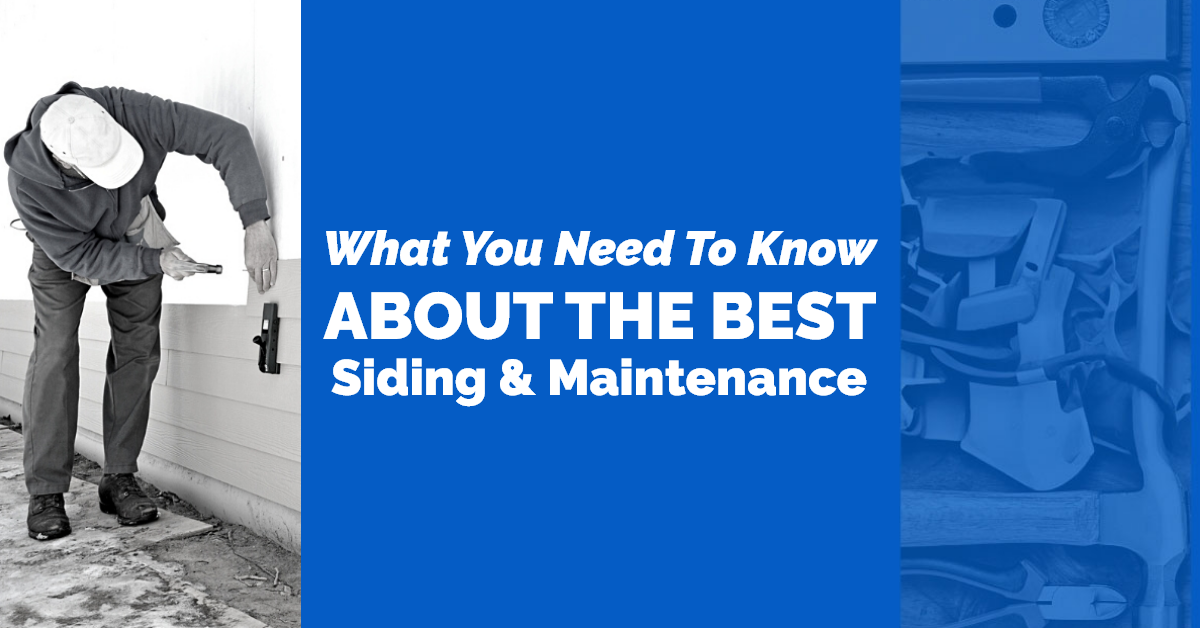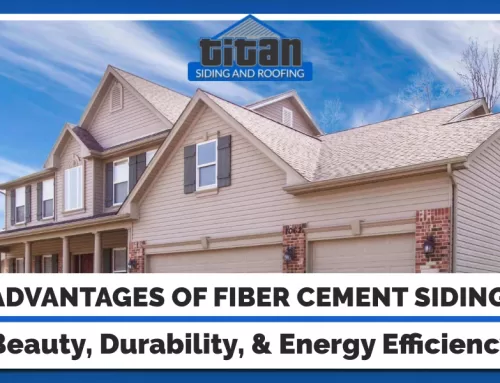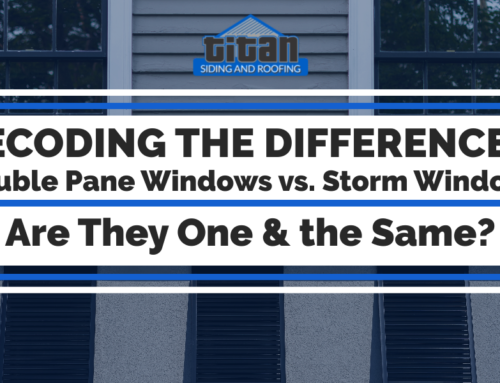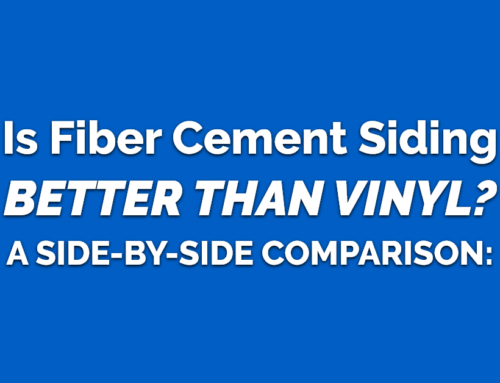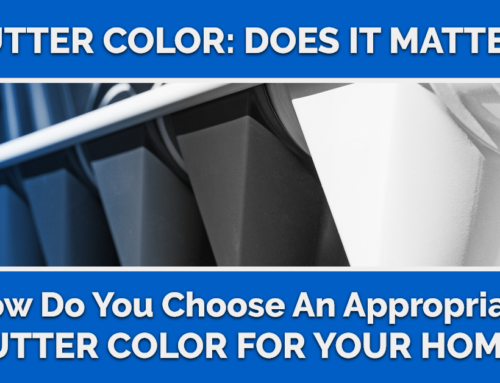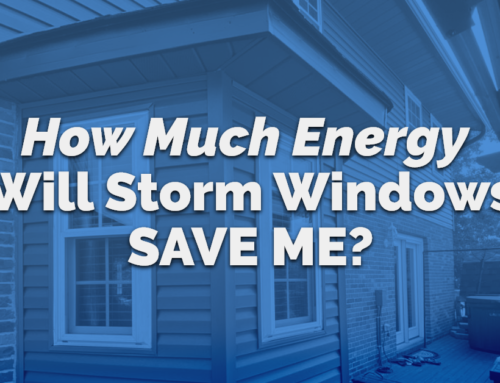There are so many factors to consider when choosing the right siding material for your home. You need to evaluate the aesthetics, cost, energy efficiency, maintenance requirements, and more.
Two of the most common siding materials are vinyl and fiber cement. To figure out which of the two options is best for your home, here is a quick overview of each material’s qualities and characteristics.
Durability and Longevity
Fiber-cement siding is made from a mix of Portland cement and wood pulp, making it extremely strong and durable. This siding material is highly resistant to harsh weather conditions, fire, mold, rot, and insects. You can expect your fiber cement siding to last for 50 years or more.
Vinyl siding, on the other hand, is made primarily from PVC. Although its synthetic nature makes it resistant to insects, rot, and mold, vinyl siding offers a shorter lifespan of around 40 years. It is only fire retardant, so it can warp and melt under extreme heat or fires.
Style and Color Choices
It’s possible to purchase fiber-cement boards as square, half-round, or staggered shingles, or even in long plank boards. The siding can be stained or painted, which means you can customize it in any color you’d like. It’s also now possible to get pre-painted fiber cement siding in a wide range of colors to match your home’s exterior decor.
Vinyl siding provides a much wider variety of decorative options, from creating a clear and modern façade to maintaining the appearance of a historic home. You can choose from shingle and plank looks as well as Dutch lap, clapboard, and board and batten. You can also find vinyl siding products with a grain-finished surface which resembles real wood.
Maintenance
In terms of maintenance, fiber cement siding needs a new coat of paint every 5-10 years to keep its luster. You can, however, save time and money for the first few years by buying pre-painted products.
Vinyl doesn’t need paint unless you wish to change the original color. If you purchased pre-painted products, you can repaint it every 5 -10 years with acrylic or urethane paints in fair weather. This synthetic exterior is almost maintenance-free, but you can power wash it once a year. Promptly fix any loose siding to keep your home safe from moisture and weather damage.
Cost-effectiveness
Fiber cement siding has a higher upfront cost, both in terms of the price of the product and the labor costs for installation due to the extra weight involved. However, you can recoup the cost in the long run due to its longevity.
Vinyl siding costs less, and the installation is simple and less cumbersome, making the labor costs affordable as well.
Warranties
Most fiber siding products typically come with a warranty of 30-50 years. With proper maintenance, you can expect this siding to last even longer.
Vinyl siding usually comes with a warranty of 25 years. However, it can last longer, depending on the quality of the product and maintenance.
Energy Efficiency
Although both fiber cement and vinyl siding are good at keeping the elements away from your house, they are relatively thin products which don’t provide adequate insulation on their own.
Fiber cement siding has an R-value of just 0.5, meaning it’s a relatively poor insulator on its own. However, it is possible to install a house wrap to insulate your home before installing the siding on top. Alternatively, you can purchase an insulated version to improve the R-value to as high as 4, which reduces outdoor noises and lowers your energy bills.
Vinyl siding without insulation has a weak R-value of 0.61. Some vinyl siding improves the insulating ability (R-value) of your walls by blanketing your home’s studs. Insulated vinyl siding also helps keep your home cool in summer by shielding the sun’s heat from toasting the exterior walls of your house.
Which Siding Material is Best for Your Home
Ultimately, your choice for the best siding material will depend on your specific needs, budget, and preference. Whichever siding type you choose, you can significantly prolong its lifespan through regular maintenance. Keep your gutters in good condition and ensure your landscaping is at least 6 inches away from your siding.
More importantly, work with a professional siding contractor to ensure the material is installed right the first time. Titan Siding and Roofing has been installing and maintaining siding materials in the Greater Cincinnati area for years. Contact us today for all your siding needs!

